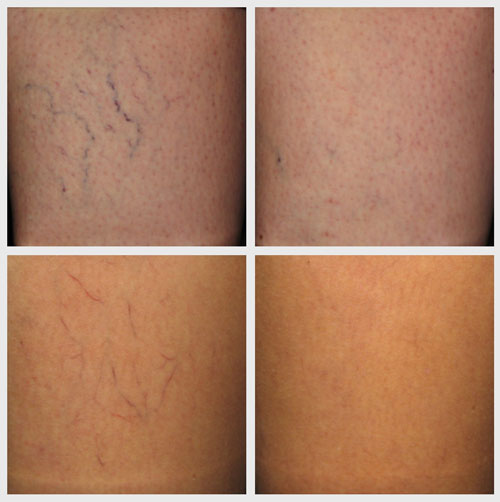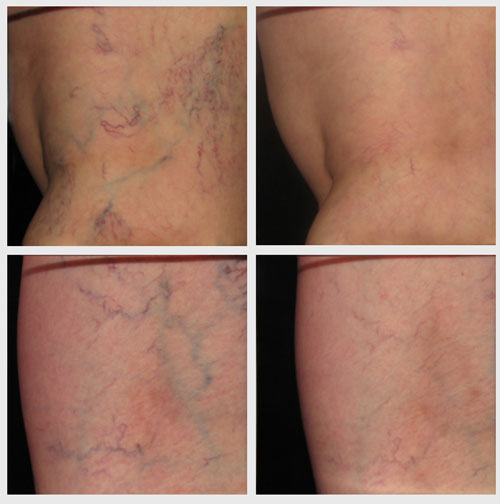Although the cause of varicose and spider veins is unknown, hereditary factors play a significant role. Varicose veins tend to gradually increase in size and number and may eventually lead to degenerative skin changes in the lower legs. Dilated capillaries (or spider veins) may develop from an underlying varicose vein condition or may occur without deeper venous problems. If larger veins are present, a vein stripping method may be indicated before spider vein treatment can be started or even be effective.
Spider veins are treated by injection, which involves placing a solution containing a sclerosing agent into the dilated vein. Several treatments are usually required to obtain the desired cosmetic effect and some veins may not disappear.
After the injections, you may continue your normal activity. Support hose are recommended for at least three days after the procedure to maximize improvement and reduce discoloration and bruising. The following day you may be as active as usual with the exception that no high impact exercise, such as jogging or high impact aerobics, should be done for at least one week.
What is sclerotherapy?
Sclerotherapy is a minimally invasive procedure done by your healthcare provider to treat uncomplicated spider veins and uncomplicated reticular veins. The treatment involves the injection of a solution into the affected veins.
What are varicose veins?
Varicose veins are large blue, dark purple veins. They protrude from the skin and many times they have a cord-like appearance and may twist or bulge. Varicose veins are found most frequently on the legs.
What are spider veins?
Spider veins are very small and very fine red or blue veins. They are closer to the surface of the skin than varicose veins. They can look like a thin red line, tree branches or spider webs. Spider veins can be found on the legs and face and may cover a small or large area.
What are reticular veins?
Reticular veins can also be known as feeder veins. They are the blue and green veins beneath the surface of the skin.
Reticular veins enlarge because of increased pressure in the vein. They can be caused by heredity. You may have reticular veins alone but you may also have spider veins at the same time.
Results at 26 Weeks After Last Treatment
Uncomplicated Spider Veins Treatments* (≤ 1 mm)

Results at 26 Weeks After Last Treatment
Uncomplicated Spider Veins (< 1 mm) and
Uncomplicated Reticular Veins (1 to 3 mm) Treatment*

What causes spider and reticular veins?
Spider and reticular veins can be caused by many factors.
- Heredity. Having a family member with prominent veins may increase the risk of you developing them. Approximately half of the people who get varicose veins have a family history of them.
- Age. The normal wear and tear of aging may cause valves in the veins to weaken and not work as well.
- Gender. Women are two to three times more likely to develop varicose veins than men. Up to half of American women have varicose veins. Changes in hormones due to puberty, pregnancy, menopause, or taking birth control pills may increase a woman’s risk of developing varicose veins.
- Pregnancy. During pregnancy, the growth of the fetus increases the pressure on the veins in the legs. Varicose veins that occur during pregnancy usually improve within 3 to 12 months following delivery.
- Overweight and obesity. Having extra weight on the body can put additional pressure on the veins.
- Prolonged standing or sitting. This is particularly true with legs bent or crossed. When standing or sitting with legs bent or crossed, the veins have to work harder to pump the blood up to the heart.
Other possible causes for varicose veins are race, posture, occupation, hormones such as estrogen and progesterone, primary valvular incompetence, and incompetent perforating veins.


